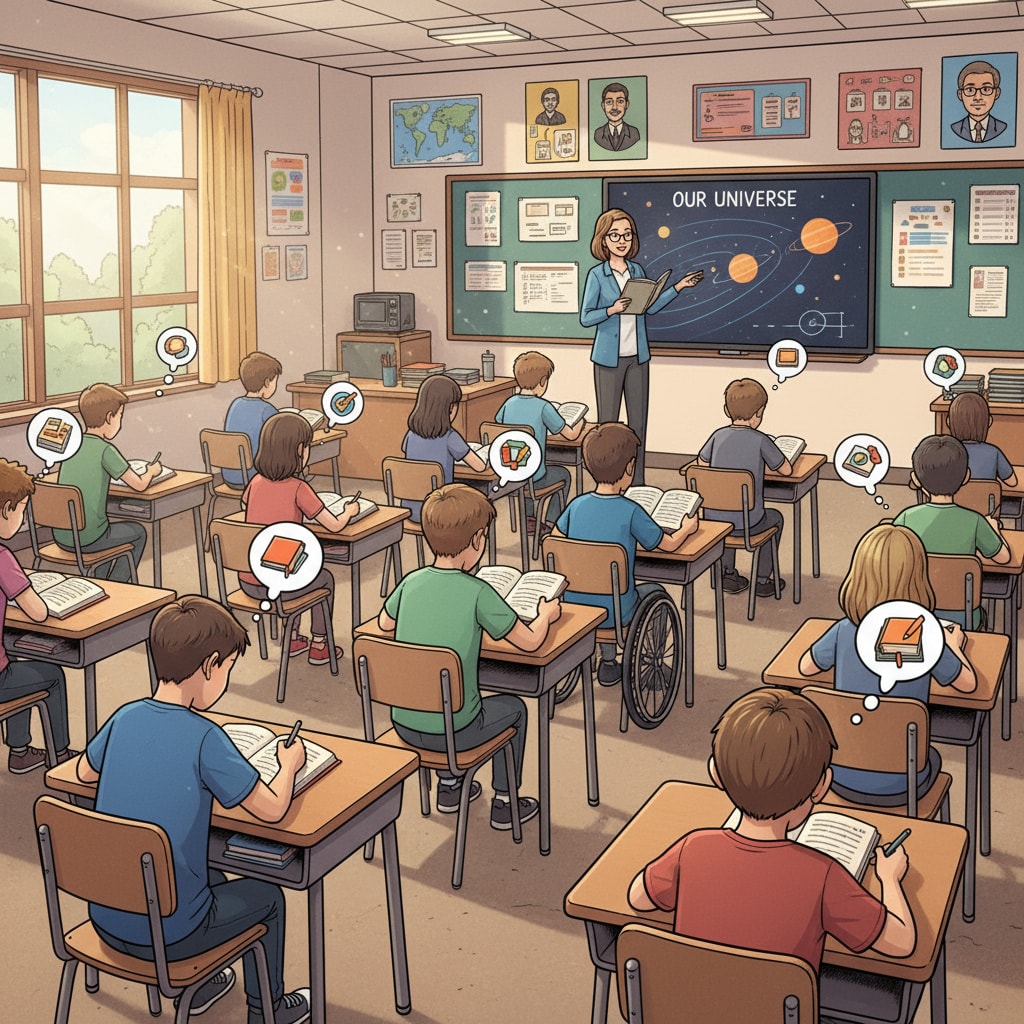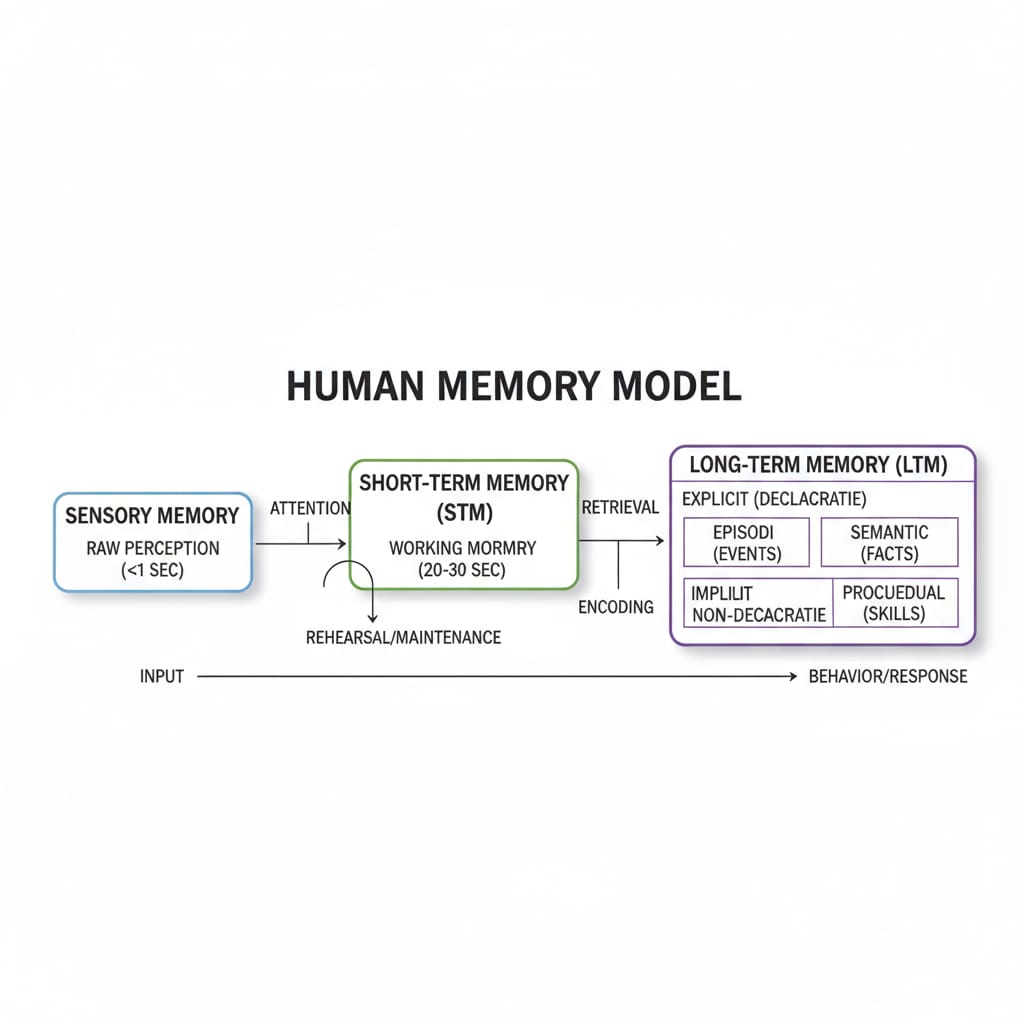The concept of “photographic memory”, also known as eidetic memory, has long fascinated people. It’s often seen as an innate gift, but in fact, memory improvement and cultivation of this seemingly extraordinary ability are possible, especially during the K12 stage. Memory is a crucial cognitive skill that impacts every aspect of a student’s learning process. Let’s explore the science behind it and practical strategies for development.

The Science of Memory
Memory is a complex process that involves encoding, storage, and retrieval of information. According to Wikipedia’s entry on Memory, the human brain has different types of memory, such as sensory memory, short – term memory, and long – term memory. Sensory memory holds information from our senses for a very brief period. Short – term memory can retain information for a few seconds to a minute, while long – term memory has a seemingly limitless capacity and duration. Understanding these different memory types is the first step in enhancing memory during the K12 years.

Debunking the Myth of Innate Photographic Memory
Contrary to popular belief, a true “photographic memory” is not an inborn trait for most people. As Britannica’s article on Memory Psychology states, while some individuals may seem to have an exceptional memory, it’s often the result of learned techniques and strategies. Many people can develop highly efficient memory skills through consistent practice and training, especially in the K12 educational context where the brain is still developing.
For example, mnemonic devices are powerful tools that can be taught to K12 students. Mnemonics are memory aids that help us remember information by associating it with something more memorable. Acronyms, like NASA (National Aeronautics and Space Administration), are a common type of mnemonic. By creating such associations, students can transform complex information into something easier to recall.
Memory Training Strategies for K12 Students
- Spaced repetition: This involves reviewing information at increasing intervals over time. For instance, a student can review new vocabulary words after one day, then three days later, then a week later, and so on. This helps move information from short – term to long – term memory.
- Chunking: Break down large amounts of information into smaller, more manageable chunks. For example, instead of trying to remember a long phone number as individual digits, group them into chunks. This reduces the cognitive load and makes it easier to recall.
- Visualization: Encourage students to create mental images related to the information they are trying to remember. If studying history, they can visualize historical events, making the knowledge more vivid and memorable.
Readability guidance: By using these strategies, K12 students can gradually improve their memory capabilities. These techniques not only enhance memory but also contribute to better learning outcomes. Remember, with consistent practice, the goal of achieving a highly efficient memory, similar to the concept of “photographic memory”, is within reach for students in the K12 stage.


